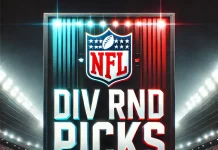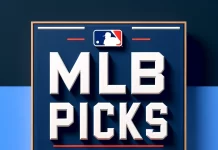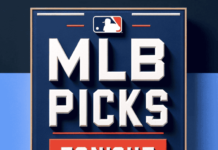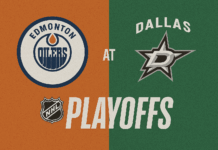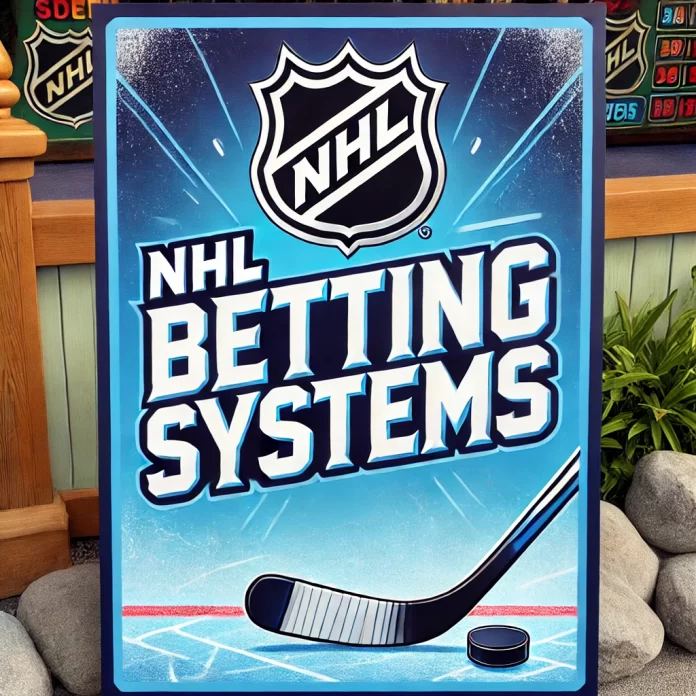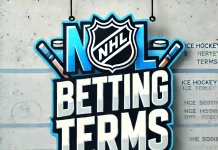With so many games on the calendar each NHL season, betting on NHL can be a potentially profitable venture if approached with the right strategies.
There are a few betting systems that are better than others, fortunlately for you, we have tried them all out and come up with the following to help you get started towards a profitable season with the best NHL betting advice.
Best NHL Betting Strategies
Here are some of the most popular NHL betting systems, with some examples to help yo get your head across some of the more complex formulas.
1. The Martingale System
The Martingale System is a popular betting strategy where the bettor doubles their wager after each loss. The idea is that a win will eventually occur, covering all previous losses and yielding a profit equal to the original bet.
Example:
- Initial Bet: $10 on the Boston Bruins to win.
- If the Bruins lose, the next bet would be $20 on their next game.
- If they lose again, the following bet would be $40.
- This continues until a win occurs. If the Bruins win on the fourth bet, the bettor wins $80, covering the $70 lost in previous bets and netting a $10 profit.
Martingale System Pros and Cons:
- Pros: Simple and can be profitable if a win occurs within a few rounds.
- Cons: Requires a large bankroll to cover prolonged losing streaks.
2. The Fibonacci System
The Fibonacci System is based on the Fibonacci sequence, where each number is the sum of the two preceding ones (1, 1, 2, 3, 5, 8, etc.). This system is less aggressive than the Martingale and is often used in even-money betting.
Example:
- Initial Bet: $10 on the Toronto Maple Leafs.
- If the Maple Leafs lose, the next bet follows the sequence: $10, $10, $20, $30, $50, and so on.
- This continues until a win occurs. If the Leafs win on the sixth bet ($50), the bettor wins $100, covering the $90 lost in previous bets and netting a $10 profit.
Fibonacci System Pros and Cons:
- Pros: Less aggressive than the Martingale, making it easier to manage bankroll.
- Cons: Can still lead to significant losses during long losing streaks.
3. The Kelly Criterion
The Kelly Criterion is a more sophisticated betting system that calculates the optimal bet size based on the perceived edge and bankroll size. It aims to maximize long-term growth of the bankroll.
Formula: f=bp−qbf = \frac{bp – q}{b}
- f: Fraction of the bankroll to wager.
- b: Odds received on the bet.
- p: Probability of winning.
- q: Probability of losing (1 – p).
Example:
- Let’s say the Colorado Avalanche have a 60% chance of winning (p = 0.6) against the Vegas Golden Knights with odds of 2.0 (b = 1).
- Using the formula: f=1⋅0.6−0.41=0.2f = \frac{1 \cdot 0.6 – 0.4}{1} = 0.2
- This means the bettor should wager 20% of their bankroll on the Avalanche.
Kelly Criterion Pros and Cons:
- Pros: Optimizes bet size to maximize bankroll growth while minimizing risk.
- Cons: Requires accurate probability estimates, which can be challenging.
4. The D’Alembert System
The D’Alembert System is a negative progression betting strategy where the bettor increases their wager by a fixed amount after a loss and decreases it after a win. It’s less aggressive than the Martingale.
Example:
- Initial Bet: $10 on the Pittsburgh Penguins.
- If the Penguins lose, the next bet would be $20.
- If they lose again, the following bet would be $30.
- If the Penguins win, the bet decreases by $10 for the next game.
D’Alembert System Pros and Cons:
- Pros: Less risky than the Martingale, easier on the bankroll.
- Cons: Still requires a larger bankroll to cover multiple losses.
5. The Labouchere System
The Labouchere System, or cancellation system, involves a series of numbers that add up to the desired profit. The bettor sums the first and last numbers of the series for each wager.
Example:
- Desired profit: $30, series: 5, 5, 10, 5, 5.
- Initial Bet: $10 on the Tampa Bay Lightning (5+5).
- If the Lightning win, cross out the first and last numbers (series now: 5, 10, 5).
- If they lose, add the bet amount to the end of the series (series now: 5, 5, 10, 5, 5, 10).
- Continue until all numbers are crossed out or the desired profit is achieved.
Labouchere System Pros and Cons:
- Pros: Flexible and can be adjusted based on risk tolerance.
- Cons: Complex and requires careful tracking of bets.
6. The Paroli System
The Paroli System is a positive progression strategy where the bettor doubles their wager after each win. The goal is to maximize profits during winning streaks.
Example:
- Initial Bet: $10 on the Chicago Blackhawks.
- If the Blackhawks win, the next bet is $20.
- If they win again, the following bet is $40.
- This continues until a loss occurs or the bettor decides to stop after a winning streak.
Paroli System Pros and Cons:
- Pros: Capitalizes on winning streaks without risking large portions of the bankroll.
- Cons: Winning streaks are unpredictable, and losses reset the progress.
7. The Flat Betting System
Flat betting involves wagering a fixed amount on each game, regardless of previous outcomes. This conservative approach focuses on long-term profitability and bankroll management.
Example:
- Bet $10 on every game involving the New York Rangers.
- Regardless of win or loss, the next bet remains $10.
Flat Betting System Pros and Cons:
- Pros: Simple, consistent, and minimizes risk.
- Cons: May yield smaller profits compared to progressive systems.
Pick Your NHL Betting System & Run With It
Each of these NHL betting strategies has its own strengths and weaknesses.
The choice of system depends on the bettor’s risk tolerance, bankroll size, and betting goals.
Whether you prefer the aggressive Martingale, the balanced Fibonacci, or the more restrictive Flat Betting system, understanding these strategies can enhance your NHL betting experience and improve your chances of success.
Remember, no system guarantees a profit, and it’s essential to bet responsibly and within your means.
Check out some NBA betting strategies and NFL betting strategies if you’d like to further your chances of winning!







